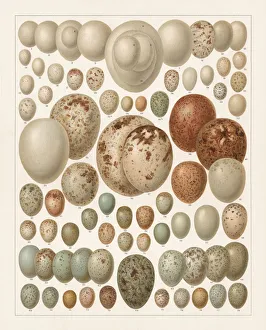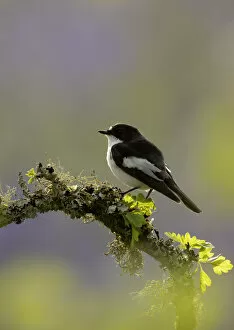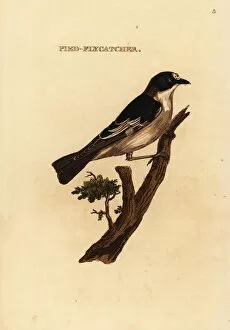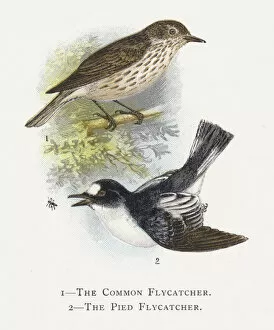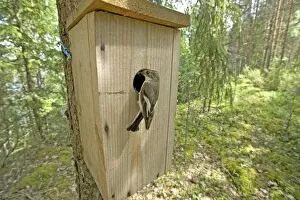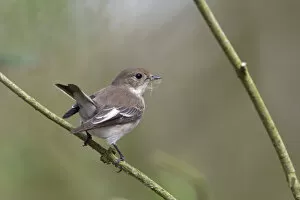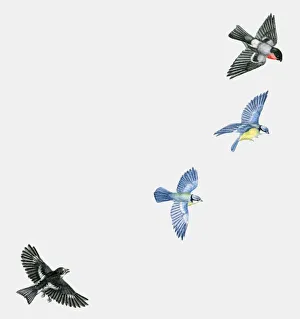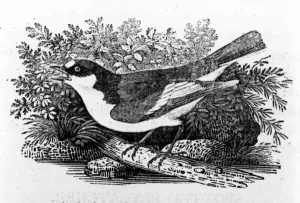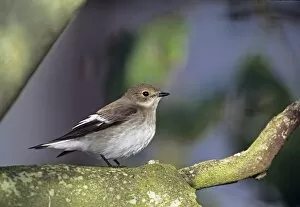Pied Flycatcher Collection
The Pied Flycatcher, also known as Ficedula hypoleuca, is a captivating European bird that has been the subject of various lithographs and engravings
All Professionally Made to Order for Quick Shipping
The Pied Flycatcher, also known as Ficedula hypoleuca, is a captivating European bird that has been the subject of various lithographs and engravings. One such lithograph, published in 1897, showcases the delicate eggs of European birds including the Pied Flycatcher. The vibrant colors and intricate details captured in this litho highlight the beauty of these avian wonders. Another stunning color lithograph features a male Pied Flycatcher perched on a tree branch. Its distinct black-and-white plumage stands out against the lush green backdrop, making for a striking image. This particular species is known for its elegant appearance and graceful movements. In another depiction, we see a female Pied Flycatcher at her nest box, diligently caring for her young ones. This heartwarming scene showcases the nurturing nature of these birds as they go about their parental duties with utmost dedication. A page from The Pictorial Museum of Animated Nature presents an engraving that captures the essence of this migratory bird during autumn in Northumberland. As it embarks on its journey to warmer regions, the Pied Flycatcher brings life and vibrancy to its surroundings. One chromolitho titled "The Common Flycatcher" further emphasizes how widely recognized and admired this species is among ornithologists and enthusiasts alike. Its distinctive markings make it easily identifiable even from afar. Observing a Pied Flycatcher gathering nesting material while perched on a branch in Netherlands reveals their resourcefulness when building their homes. These little architects meticulously select materials to create safe havens for their offspring. Overall, whether through ancient lithographs or modern-day photographs, each portrayal highlights different aspects of this remarkable creature's life cycle – from egg-laying to migration patterns – offering us glimpses into its fascinating world. The pied flycatcher continues to captivate both researchers and nature lovers with its beauty and resilience throughout time.

